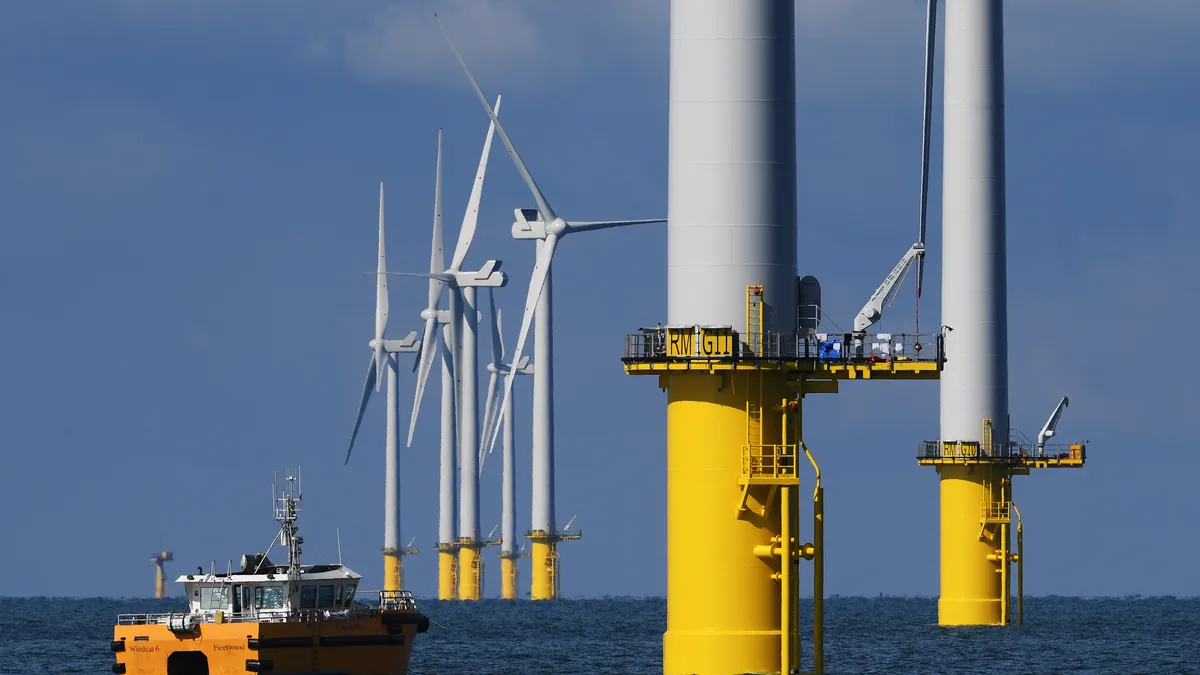As the offshore wind industry embraces technological innovations to help it meet ambitious national goals for deployment, two federal officials that oversee offshore wind activities are urging companies to involve the government early.
The Bureau of Safety and Environmental Enforcement’s Deputy Director Paul Huang and his Bureau of Ocean Energy Management counterpart Walter Cruickshank said during a panel of this year’s International Offshore Wind Partnering Forum that the sooner the agencies are made aware of anything that needs their signoff, the better.
“We have a duty to not rush [technology changes], to make sure that things are safe, and we're doing that for the good of the industry,” said Huang. “We want to see this be successful, and one bad incident could really set us back.”
Officials consider BSEE reviews of facility design, fabrication and installation reports a “critical time,” he said.
“We’re taking that seriously, it's not a rubber stamp. So if technology changes come in, we need to know sooner rather than later,” Huang said.
BOEM in January transferred several of its key offshore energy management authorities to BSEE. Both agencies are overseen by the Interior Department.
While BOEM will continue to site leasing areas for offshore wind, issue leases and review and approve development plans, BSEE will evaluate facility design and safety management systems and enforce operational safety and environmental compliance.
During the panel, Liz Burdock, moderator and Business Network for Offshore Wind CEO, said a question the nonprofit had received from its member businesses was how agencies can ensure that safe design and construction principles are implemented in the industry.
“I think that's a really important question, because there is a rapid pace of technological advancements in the offshore wind industry,” Burdock said.
Huang agreed that offshore wind technology is “evolving and changing rapidly.” Companies in and out of the industry have been using the forum to announce planned logistical and manufacturing innovations, such as unmanned boats designed to inspect offshore transmission lines.
“At the end of the day, though, we have to ensure safety and environmental compliance,” he said. “Be transparent, and don't assume anything. Just pick up the phone, or send us an email and ask us – especially if there's a technology change.”















